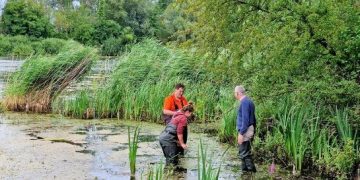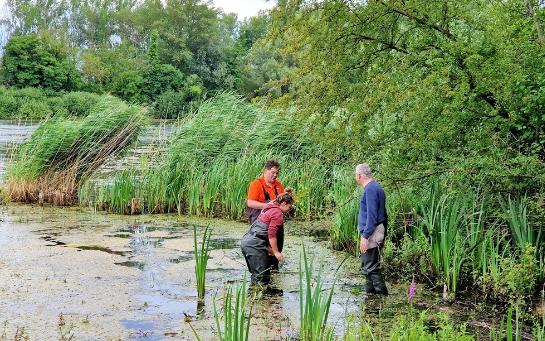Scientists from CABI’s centre in Switzerland this year added two new projects to their portfolio of invasive weed targets. These included, blueweed (Echium vulgare), also known as viper’s bugloss, and European frogbit (Hydrocharis morsus-ranae), both of which have many negative environmental and economic impacts.
On the back of the European frogbit project, CABI has also started surveying water soldier, Stratiotes aloides, given its taxonomic relatedness and overlapping distribution.
In the meanwhile, for the agents which have already been permitted for release in Canada, there are signs of early establishment for the Russian olive mite, Aceria angustifoliae and the root- and rhizome-feeding tortricid moth, Dichrorampha aeratana.
Invasive plants can pose serious threats to native species, ecosystems, human health, and many sectors of the economy such as agriculture, forestry, and tourism.
CABI has over 60 years’ experience of working on the biological control of invasive weeds with more than 50 biological control agents have been released based on the work carried out at CABI in Switzerland. Many of these are currently contributing to the successful control of important North American weeds such as leafy spurge, toadflaxes, knapweeds, houndstongue, and purple loosestrife.
Any organism intended for the control of a non-native invasive plant undergoes an extensive series of tests to determine its environmental safety before considering its release.































